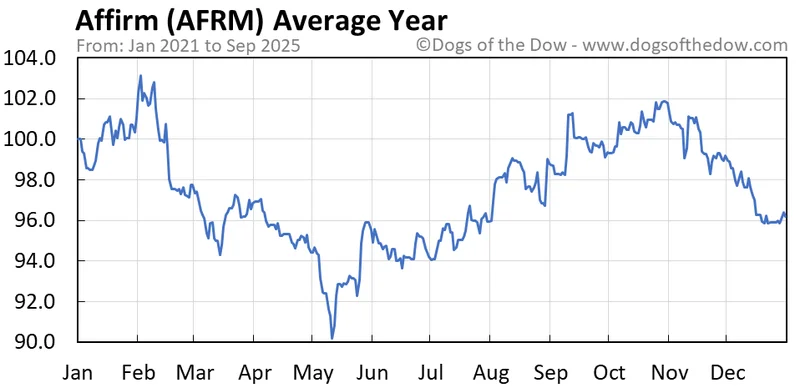Title: Affirm's Rosy Outlook: Can They Really Deliver?
Affirm Holdings (AFRM) is riding high after its Q1 earnings report, with shares jumping 10% in after-hours trading. The buy now, pay later (BNPL) platform beat analyst estimates on both earnings (23 cents per share versus an expected 11 cents) and revenue ($933.33 million against an $883.14 million estimate). That's a solid double beat. But the real driver of the optimism is Affirm's revised guidance for fiscal year 2026 gross merchandise volume (GMV). The company is projecting serious growth.
Digging Into the Details
CEO Max Levchin sounds downright ebullient, stating that the results “showcases the consistency of Team Affirm, once again executing to beat the band.” It’s the kind of language you expect from a CEO, of course. Let's look closer at the numbers. Revenue jumped from $698.47 million in the same period last year to $933.33 million this year. That's impressive, a growth of roughly 33.6%. The company also anticipates Q2 revenue between $1.03 billion and $1.06 billion, slightly edging out the $1.05 billion analyst estimate.
But here's where my analyst's skepticism kicks in. The press releases focus on GMV and revenue, which are important, sure. But what about profitability? Affirm has been promising profitability for years. Are they actually getting there? The earnings per share beat is good news, but let's see if that trend continues.
Affirm's core business model hinges on consumers' willingness to take on debt for purchases. In a macroeconomic environment characterized by… well, everything… can they maintain this growth trajectory? What happens if interest rates stay high, or even go higher? What's their default rate looking like, and how is it trending? These are the questions that keep CFOs up at night.

The GMV Gambit
The revised GMV guidance is the key to understanding the market's reaction. Affirm is essentially betting that consumers will continue to embrace the BNPL model, even as other forms of credit become more expensive. This is a bold bet, especially considering the increasing regulatory scrutiny of the BNPL sector. Are they baking in assumptions about market share gains, or are they simply projecting overall market growth? Details on these assumptions are, unfortunately, scarce.
And this is the part of the report that I find genuinely puzzling. The company clearly believes it can significantly increase its GMV in the coming years, but they aren't providing a detailed roadmap. What specific strategies are they implementing to drive this growth? Are they expanding into new markets, forging new partnerships, or launching new products? The lack of transparency raises questions about the sustainability of their projections. As reported by Benzinga, Affirm's stock rallied following the Q1 earnings report, but questions remain Affirm Stock Rallies After Q1 Earnings Report: Here's Why - Affirm Holdings (NASDAQ:AFRM).
Show Me The Real Profitability
The market's enthusiasm for Affirm's earnings report is understandable, but I remain cautiously skeptical. The company is showing impressive growth in revenue and GMV, but the path to sustained profitability remains unclear. Until Affirm can demonstrate a consistent track record of earnings growth and provide greater transparency into its long-term strategy, I'll be watching from the sidelines.

